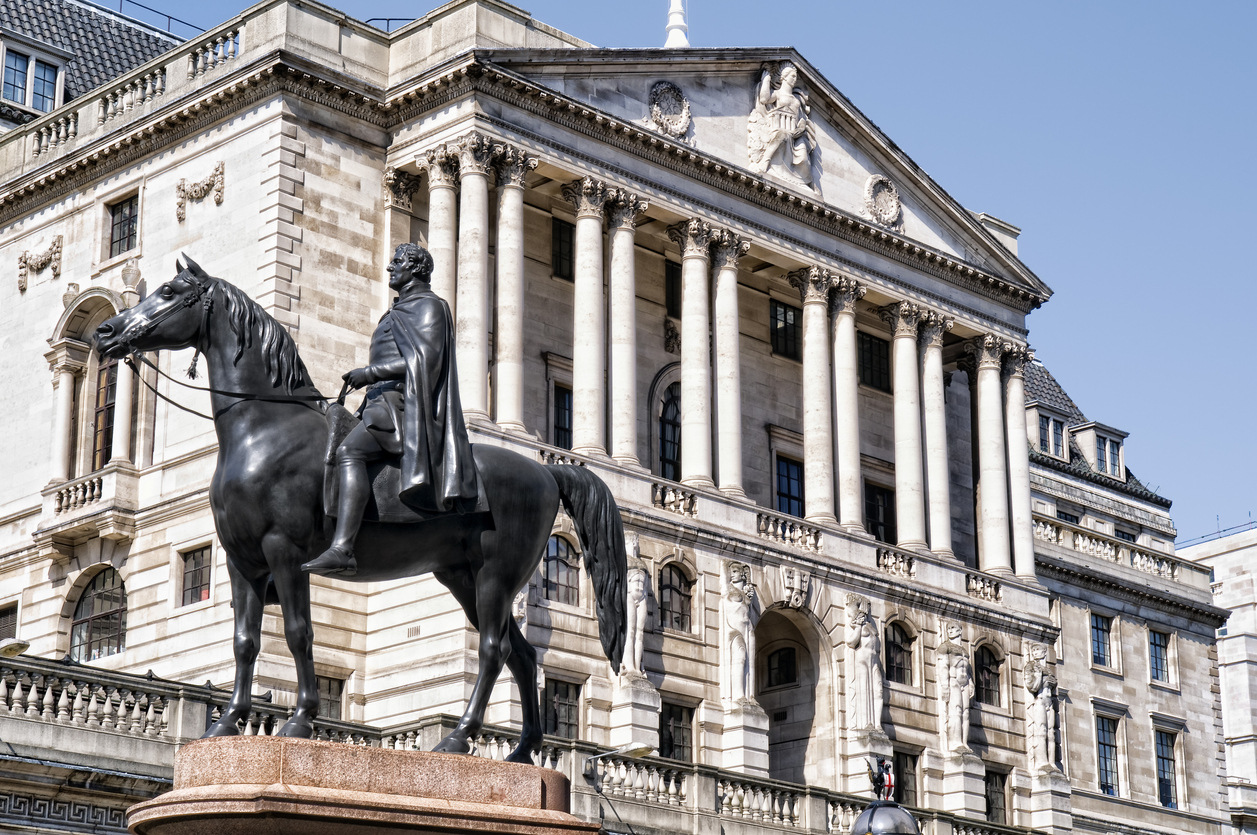
The Bank of England’s Monetary Policy Committee announcement of a 0.50% base rate hike last week would have been sufficient to cause headline news on its own, given that the increase was the largest single rate rise announced by the Bank for 27 years. However, it was the accompanying gloomy statement by Andrew Bailey, the Bank of England Governor, forecasting a prolonged downturn in the UK economy over the coming 15 months, that drew most attention.
Fifteen months of recession?
Mr Bailey warned that the UK would move into recession in the fourth quarter of 2022. Recessionary conditions represent a significant and prolonged downturn in economic activity, and is often defined by two successive quarters where Gross Domestic Product (GDP) falls. Mr Bailey’s comments that the Bank now forecast a contracting economy for the latter part of this year and for the whole of 2023 raised eyebrows amongst commentators and respected economists. Former Monetary Policy Committee member Professor David Blanchflower commented that Mr Bailey had been guilty of “loose talk” and the day of the announcement was “… as bad a day for the British economy as I can remember”.
The statement by the Bank, which accompanied the 0.50% base rate hike, cited sharply rising inflation over coming months as the reason behind the rate increase. The Bank now expects Consumer Price Inflation (CPI) to reach in excess of 13% later this year, largely due to the increase in wholesale gas costs. This would represent a further increase of 3.6% over the current CPI print.
We take an objective view of macro-economic conditions, and generally feel that central bankers perform a reasonable job, given the intense focus that markets place on every announcement or comment that is made. In this instance, however, we can’t agree with the Bank’s comments in respect of the UK economy, and would go as far as branding the pessimistic long-range forecast as being irresponsible.
Interest rate policy
Firstly, let’s consider the reason behind the rate increase announced by the Bank. Inflationary pressure is largely being caused by external forces that are beyond the control of the Bank of England. Energy and Fuel costs are all increasing as a result of the conflict in Ukraine, which has driven the price of wholesale gas to more than double since the start of the year. Sanctions on Russia, combined with threats to slow or even halt gas supply through pipelines, has led to a scramble to secure gas supplies, pushing prices higher. Crude oil prices have similarly seen a spike during the course of 2022, although prices have fallen back by 25% since the start of June. Food prices have been driven by a combination of increased costs of shipping and transportation, and increased costs and limited supplies of goods such as Sunflower Oil and Wheat.
Despite this Core CPI – which ignores energy, food, alcohol and tobacco prices – has actually fallen back from 6.2% in April to 5.8% in June. Core CPI tends to be a useful measure of domestically generated cost pressure, and perhaps should give the Bank more comfort that wage increases and prices for goods and services are not out of control.
We would argue that the strength of our currency is an area that should command more focus in decision making. Sterling has been weak against the Dollar, falling by more than 10% this year, which stokes inflation, as the cost of imported items priced in Dollars increase as Sterling weakens. Given the immediate reaction on currency exchanges to Mr Bailey’s comments, which saw Sterling weaken in the face of the 0.50% base rate increase (which would normally be seen as positive for the currency) we feel Sterling may remain under pressure for some time to come.
Growth will slow, but perhaps not stall
The dramatic drop in GDP expectations announced by the Bank is another area we feel demands further scrutiny. The Bank’s central forecast is for growth to be negative for the final quarter of 2022 and remain in negative territory for the whole of 2023, with a net contraction of 2.1% over this period. When divided by the five quarters of recession suggested by the Bank, this would represent a contraction of 0.4% per quarter, which is considerably more pessimistic than the OECD (Organisation for Economic Co-operation and Development) which suggested in June that UK growth would be flat during 2023, and the International Monetary Fund (IMF) which, in April, forecast 1.2% growth in 2023.
UK GDP increased by 0.8% in Q1 of 2022, and the preliminary reading for Q2, to be announced next week, is expected to continue to show the UK economy expanded, albeit by a lower rate of growth. April showed a decline of 0.2%, but May saw GDP increase by 0.5%. Given the reported rate of growth, compared to the grim projections by the Bank, growth is either going to slow dramatically, or (as we would suspect) the Bank is being overly negative in their forecasting.
As you can perhaps deduce from our analysis, we don’t agree with the Bank forecasts or the message that the Bank appear to be conveying. We find it hard to believe that Mr Bailey’s predecessors, Mark Carney or Mervyn King, would have made such predictions. It is clear that inflation will persist, although we expect the pressure to ease as we move into 2023. We also appreciate that growth is likely to slow as we move towards the end of the year, although we feel more positive that any recession in the UK will be more short-lived than the Bank suggests.
If you would like to discuss the above with one of our experienced advisers, please get in touch here.
The value of investments and the income they produce can fall as well as rise. You may get back less than you invested. Past performance is not a reliable indicator of future performance. Investing in stocks and shares should be regarded as a long term investment and should fit in with your overall attitude to risk and your financial circumstance.





